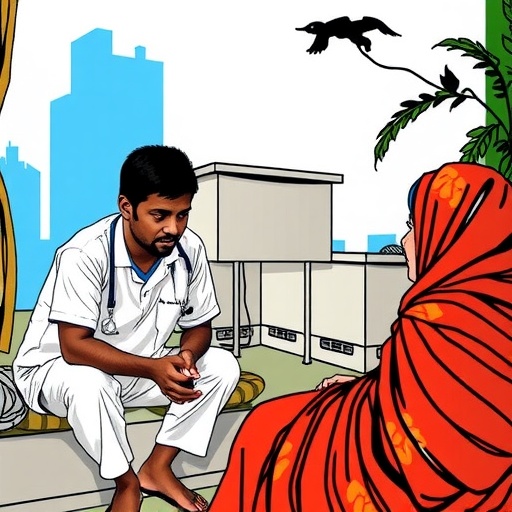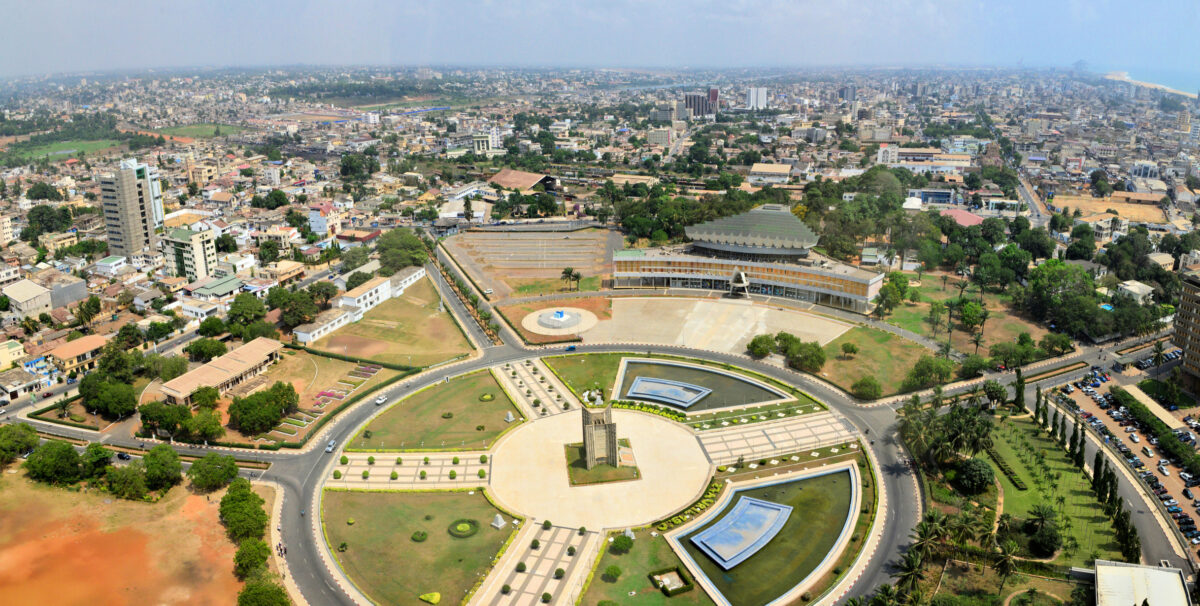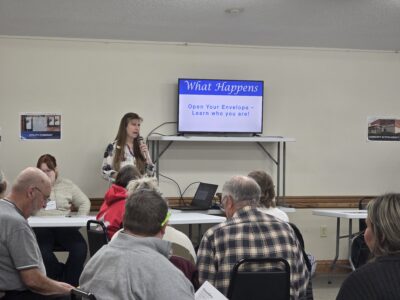Third United Nations Conference on Landlocked Developing Countries – UN Media

Report on the Third UN Conference on Landlocked Developing Countries: A Focus on Sustainable Development Goals
Event Summary
A Civil Society Forum was convened as part of the Third United Nations Conference on Landlocked Developing Countries (LLDCs) in Awaza, Turkmenistan. The forum served as a critical platform for addressing the unique development challenges faced by LLDCs, aligning efforts with the 2030 Agenda for Sustainable Development and its core principle of “leaving no one behind.”
Key Stakeholders and Their Role in Advancing the SDGs
The participation of high-level officials underscored the international commitment to integrating the needs of LLDCs into the global framework for the Sustainable Development Goals (SDGs).
- Lok Bahadur Thapa: In his capacity as President of the UN Economic and Social Council (ECOSOC) and Permanent Representative of Nepal (an LLDC), his leadership highlights the central role of ECOSOC in guiding SDG implementation. His presence emphasizes the need to address the specific vulnerabilities of LLDCs to achieve the global goals.
- Rabab Fatima: As the Under Secretary-General and High Representative for the Least Developed Countries, Landlocked Developing Countries and Small Island Developing States, her mandate is directly focused on advocating for the world’s most vulnerable nations. Her involvement ensures that the challenges of LLDCs remain a priority in the pursuit of the 2030 Agenda.
Relevance to Specific Sustainable Development Goals
The conference and its focus on LLDCs directly contribute to the advancement of several interconnected SDGs:
- SDG 17 (Partnerships for the Goals): The conference itself, particularly the multi-stakeholder Civil Society Forum, is a manifestation of the global partnership required to support countries with special needs.
- SDG 10 (Reduced Inequalities): A primary objective is to mitigate the structural and geographical disadvantages that create development inequalities between LLDCs and coastal countries.
- SDG 9 (Industry, Innovation and Infrastructure): Discussions inherently focus on developing resilient and efficient transport, trade, and digital infrastructure to overcome the challenges of being landlocked.
- SDG 8 (Decent Work and Economic Growth): By addressing barriers to trade and transit, the conference aims to unlock the economic potential of LLDCs, fostering inclusive and sustainable economic growth.
- SDG 1 (No Poverty): Enhancing connectivity and economic integration is a fundamental strategy for poverty eradication and improving livelihoods within LLDCs.
Which SDGs are addressed or connected to the issues highlighted in the article?
-
SDG 10: Reduced Inequalities
The article’s central theme is the “Third United Nations Conference on Landlocked Developing Countries (LLDCs)”. It also mentions the High Representative for the “Least Developed Countries (LDCs)” and “Small Island Developing States (SIDS)”. This directly addresses the goal of reducing inequalities between countries by focusing on the specific development challenges faced by these vulnerable groups.
-
SDG 17: Partnerships for the Goals
The event described is a United Nations conference involving high-level representatives from multiple bodies (UN ECOSOC, OHRLLS) and countries (Nepal, Turkmenistan). This gathering, specifically a “Civil Society Forum,” exemplifies a multi-stakeholder partnership aimed at mobilizing support and collaboration to achieve sustainable development for countries in special situations, which is the core of SDG 17.
-
SDG 9: Industry, Innovation and Infrastructure
Landlocked Developing Countries (LLDCs) inherently face significant challenges related to infrastructure, particularly transit, transport, and access to global markets. A conference dedicated to LLDCs is intrinsically linked to finding solutions for these infrastructure deficits to foster economic development and industrialization.
What specific targets under those SDGs can be identified based on the article’s content?
-
Target 10.b
“Encourage official development assistance and financial flows, including foreign direct investment, to States where the need is greatest, in particular least developed countries, African countries, small island developing States and landlocked developing countries, in accordance with their national plans and programmes.” The conference’s focus on LLDCs, and the presence of the High Representative for LDCs, LLDCs, and SIDS, directly aligns with this target of channeling financial resources and support to these specific groups of countries.
-
Target 17.9
“Enhance international support for implementing effective and targeted capacity-building in developing countries to support national plans to implement all the Sustainable Development Goals, including through North-South, South-South and triangular cooperation.” A UN conference like the one described serves as a primary mechanism for enhancing international support and coordinating capacity-building efforts for the participating nations, specifically the LLDCs.
-
Target 9.a
“Facilitate sustainable and resilient infrastructure development in developing countries through enhanced financial, technological and technical support to African countries, least developed countries, landlocked developing countries and small island developing States.” This target is directly relevant as the core purpose of a conference on LLDCs is to address their unique structural challenges, chief among them being the need for enhanced support for infrastructure development to overcome their geographical disadvantages.
Are there any indicators mentioned or implied in the article that can be used to measure progress towards the identified targets?
The article does not explicitly mention any quantitative data or indicators. However, the nature of the event and the targets it addresses imply the use of specific official UN indicators to measure progress. The following indicators are directly implied:
-
Indicator 10.b.1
“Total resource flows for development, by recipient and donor countries and type of flow (e.g. official development assistance, foreign direct investment and other flows).” This is the primary indicator for Target 10.b. The discussions at a conference for LLDCs would be aimed at increasing these resource flows, which would be measured by this indicator.
-
Indicator 9.a.1
“Total official international support (official development assistance plus other official flows) to infrastructure.” This indicator directly measures the financial support for infrastructure in developing countries, which is a key topic for a conference focused on LLDCs and is the metric for Target 9.a.
-
Indicator 17.9.1
“Dollar value of financial and technical assistance (including through North-South, South-South and triangular cooperation) committed to developing countries.” This indicator measures the support for capacity-building mentioned in Target 17.9. The outcomes of the conference would be assessed using this metric to determine the value of assistance committed.
Table of SDGs, Targets, and Indicators
| SDGs | Targets | Indicators (Implied) |
|---|---|---|
| SDG 10: Reduced Inequalities | 10.b: Encourage official development assistance and financial flows… to States where the need is greatest, in particular least developed countries… small island developing States and landlocked developing countries… | 10.b.1: Total resource flows for development, by recipient and donor countries and type of flow. |
| SDG 9: Industry, Innovation and Infrastructure | 9.a: Facilitate sustainable and resilient infrastructure development in developing countries through enhanced… support to… least developed countries, landlocked developing countries and small island developing States. | 9.a.1: Total official international support (official development assistance plus other official flows) to infrastructure. |
| SDG 17: Partnerships for the Goals | 17.9: Enhance international support for implementing effective and targeted capacity-building in developing countries… | 17.9.1: Dollar value of financial and technical assistance… committed to developing countries. |
Source: media.un.org

What is Your Reaction?
 Like
0
Like
0
 Dislike
0
Dislike
0
 Love
0
Love
0
 Funny
0
Funny
0
 Angry
0
Angry
0
 Sad
0
Sad
0
 Wow
0
Wow
0


-1920w.png?#)





































































